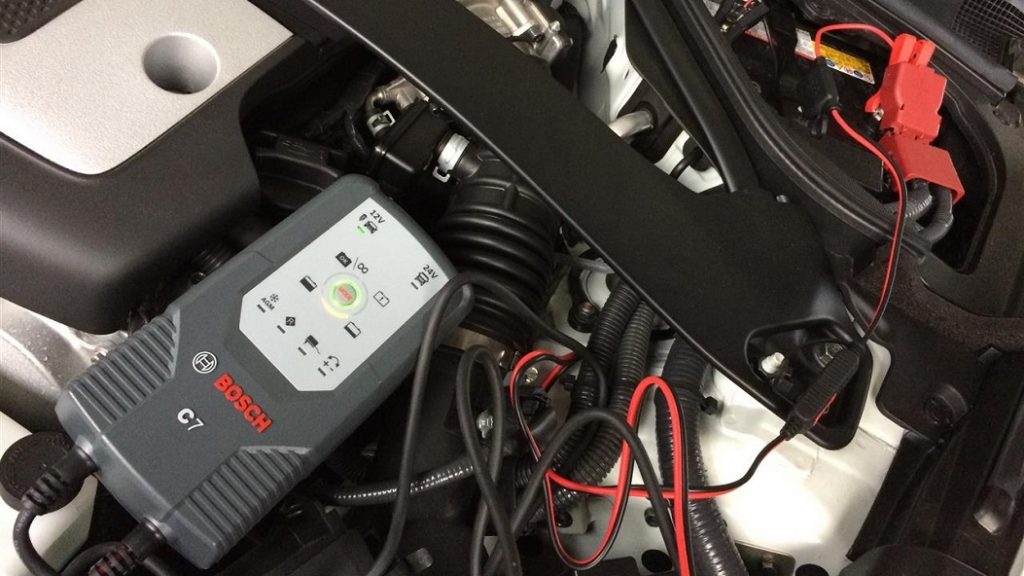Important Aspects to Consider When Buying Jump Starters
Jump starters are essential accessories that no serious adventurer should go without. However, many people travel without them simply because they’re unfamiliar with them and don’t know what to look for, thus making shopping for one a very taxing and frustrating process. But it doesn’t have to be that way. In fact, it shouldn’t be that way, because you never know when you’ll need a jump starter, and you will especially regret it if you find yourself in the middle of the Australian outback needing one. That being said, here are a few key aspects you should pay attention to when buying jump starters, also known as 24V or 12V battery chargers (depending on your engine).First and foremost, you need to consider how many amps you need to start your vehicle. But before we get into it, it’s important to differentiate peak and crank amps, as some 24V and 12V battery chargers only list one of these values on their spec sheet. Peak amps refers to the maximum amount of current the charger can push in an initial, short burst when cranking the engine. On the other hand, the crank amps refer to the amount of stable current the battery charger can provide to keep the engine going. In fact, the battery charger’s purpose is to replicate your vehicle’s battery, which also features different crank and peak current rating.

Next, you need to consider the type of engine you have and the number of cylinders it has. Providing definitive values for this is difficult because there’s a wide range of engine designs, even for those that do have similar cylinder capacities. However, the following numbers can be used as a rough estimate for both petrol and gas engines.
- 4 cylinder gas/petrol engine – 150-200A
- 6 cylinder gas/petrol engine – 200-250A
- 8 cylinder gas/petrol engine – 250-300A
Diesel engines, on the other hand, typically require more current than gas/petrol engines of the same size, by almost double. So the guidelines for a diesel engine look something like this:
- 4 cylinder diesel engine – 300-400A
- 6 cylinder diesel engine – 400-500A
- 8 cylinder diesel engine – 600-700A
That being said, consider the type of engine and the number of cylinders your vehicle has, then determine the current you’ll need from the aforementioned numbers.
Lastly, consider the safety features of the battery charger. There are models with many different features, but the most commonly found ones include short circuit protection, over-current protection, overload protection and overcharge protection.

















